The Lincoln Memorial, one of the most iconic landmarks in the United States, stands as a symbol of national unity, freedom, and justice. Located at the western end of the National Mall in Washington, D.C., this stunning monument honors the 16th President of the United States, Abraham Lincoln, and attracts millions of visitors each year. Whether you’re an American history enthusiast or a casual traveler, the Lincoln Memorial offers an enriching experience that combines art, architecture, and history.
1. What Makes Lincoln Memorial Special?
The Lincoln Memorial is not just a tribute to a historical figure; it is an awe-inspiring monument filled with symbolism and significance. Designed by architect Henry Bacon, the memorial’s structure resembles a Greek Doric temple, symbolizing the ancient ideals of democracy and governance. The memorial features several distinctive elements:
- The Statue of Abraham Lincoln: The centerpiece of the monument is a colossal, 19-foot statue of Abraham Lincoln seated in contemplation. Carved from Georgia white marble, the statue’s solemn presence evokes a sense of both strength and empathy. The figure of Lincoln is flanked by inscriptions of his famous speeches—The Gettysburg Address and his Second Inaugural Address—etched into the memorial’s interior walls.
- The Reflecting Pool: In front of the memorial stretches the Lincoln Memorial Reflecting Pool, which provides a stunning reflection of the monument. This pool is particularly famous for its serene and picturesque quality, offering a breathtaking view, especially at sunset.
- The Steps and Views: The steps of the Lincoln Memorial lead visitors up to the statue and provide sweeping views of the National Mall, with the Washington Monument visible to the east and the U.S. Capitol in the distance.
The Lincoln Memorial has also become the site of many important events in American history, including Martin Luther King Jr.’s famous “I Have a Dream” speech, delivered here during the March on Washington in 1963.
2. Visitor Tips & Practical Information
Best Time to Visit:
The Lincoln Memorial is open year-round and is especially popular during the spring and fall months when the weather is mild. If you prefer fewer crowds, early mornings and late evenings are ideal. The memorial is particularly serene at sunrise, and the sunset view over the Reflecting Pool is an unforgettable sight.
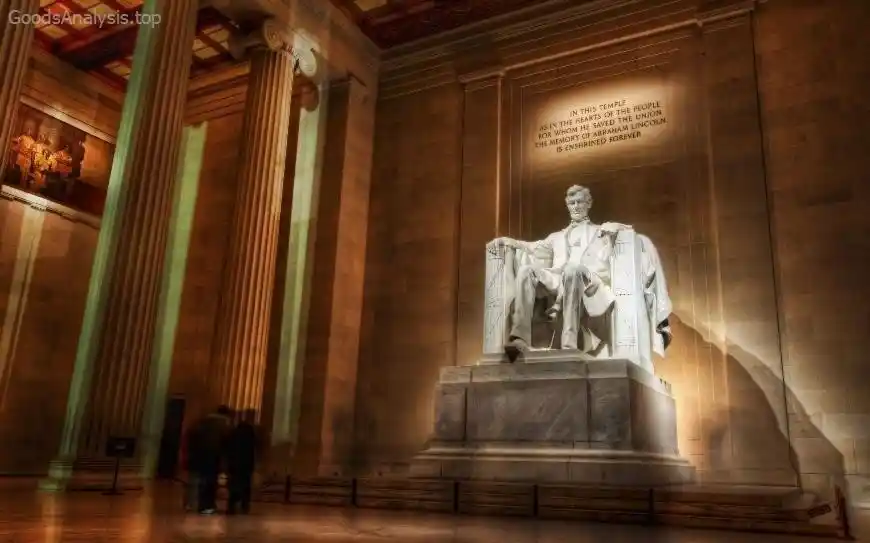
Opening Hours:
The Lincoln Memorial is open 24 hours a day, seven days a week. However, the National Park Service staff is usually present from 9:30 AM to 10:00 PM for visitor assistance. If you’re planning to visit after dark, the memorial is beautifully illuminated and still offers a powerful atmosphere.
Ticket Prices:
The Lincoln Memorial is free to visit. There are no entrance fees, making it an affordable destination for all travelers.
Accessibility:
The memorial is wheelchair accessible, with ramps and designated accessible entrances. The Reflecting Pool area and surrounding paths are also easily navigable for visitors with mobility challenges.
Restrooms:
There are restrooms near the Lincoln Memorial, but they can get crowded, especially during peak hours. Restrooms are also available at nearby visitor centers and attractions on the National Mall.
3. History and Cultural Significance
The Lincoln Memorial was dedicated in 1922 and designed by architect Henry Bacon. Its construction was part of a larger effort to honor Abraham Lincoln, who led the nation through its Civil War and preserved the Union. The memorial symbolizes not just Lincoln’s leadership, but also his role in abolishing slavery and promoting equality. The dedication ceremony took place on May 30, 1922, with a notable speech by Robert Russa Moton, an African American leader.
The monument became an essential symbol during the Civil Rights Movement, with Martin Luther King Jr. choosing the steps of the memorial to deliver his legendary “I Have a Dream” speech on August 28, 1963, during the March on Washington. This event, one of the most significant in American history, cemented the Lincoln Memorial’s status as a symbol of freedom and equality for all Americans.
The Lincoln Memorial continues to serve as a site of reflection, remembrance, and activism. It stands as an enduring symbol of Lincoln’s vision for a united and just nation.
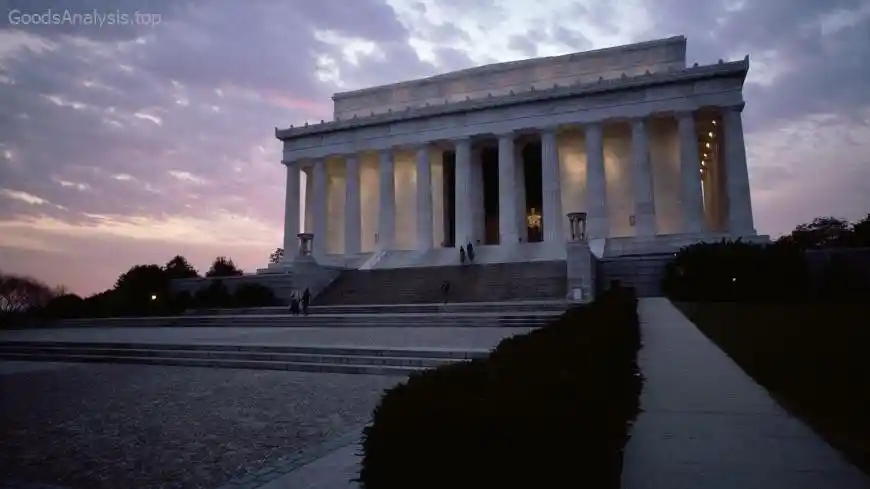
4. What to Expect When You Visit the Lincoln Memorial
Ambiance:
As you approach the Lincoln Memorial, the grandeur of the structure becomes apparent. The large marble steps lead you toward the impressive columns and the imposing statue of Lincoln. The solemn yet serene atmosphere invites quiet contemplation, making it a peaceful place for reflection. The reflective quality of the pool and the stunning views of the National Mall add to the sense of reverence.
Notable Experiences:
- The Statue of Lincoln: Standing before the massive seated statue, you’ll feel a sense of awe. The face of Lincoln, captured in deep thought, is illuminated beautifully in natural light, and you can admire the craftsmanship up close. Take a moment to read the inscriptions on the walls surrounding the statue, as these speeches reflect the ideals of freedom and equality that Lincoln stood for.
- The View from the Steps: As you climb the steps to reach the statue, take in the breathtaking view of the National Mall stretching out toward the Washington Monument. It’s an unforgettable sight and a must-see for anyone visiting D.C.
- Lighting at Night: After dark, the Lincoln Memorial becomes even more striking as it’s bathed in light, casting long shadows over the National Mall and creating an atmosphere of quiet dignity. This is a wonderful time to snap photos or simply take in the scene.
5. Nearby Attractions and Dining Options
The Lincoln Memorial is located within the National Mall, an area brimming with important attractions. A short walk away, you’ll find:
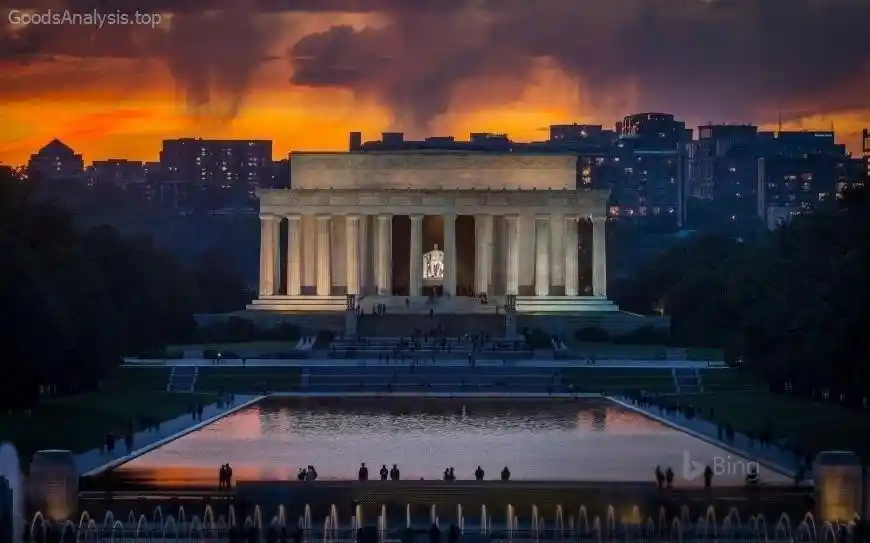
- The Washington Monument: A short walk east from the Lincoln Memorial, the Washington Monument offers panoramic views of the city from its observation deck.
- The Vietnam Veterans Memorial: Just a few steps away, this poignant memorial honors those who served in the Vietnam War. Its reflective black granite walls, etched with the names of the fallen soldiers, are a moving tribute to their sacrifice.
- The Korean War Veterans Memorial: Located nearby, this memorial features 19 stainless steel statues representing soldiers, along with a Wall of Remembrance inscribed with the names of those who served.
- The National World War II Memorial: Situated at the east end of the Reflecting Pool, this stunning memorial honors those who served in World War II.
Dining Options:
- The Hamilton (14th Street NW): A short walk from the memorial, The Hamilton serves classic American fare with a modern twist. It’s a great place for a post-visit meal.
- Old Ebbitt Grill (15th Street NW): A D.C. institution, this seafood-focused restaurant offers oysters, crab cakes, and other local favorites in a vintage setting.
- Founding Farmers (19th Street NW): Known for its hearty American dishes, Founding Farmers is popular among locals and tourists alike.
6. Family-Friendly and Group Travel Tips
For families with children, the Lincoln Memorial offers a great educational opportunity. The vast open spaces around the memorial are perfect for letting kids run around, while the statue and inscriptions offer a chance for parents to explain U.S. history. The reflective pool is also a favorite spot for kids to dip their toes in the summer months.
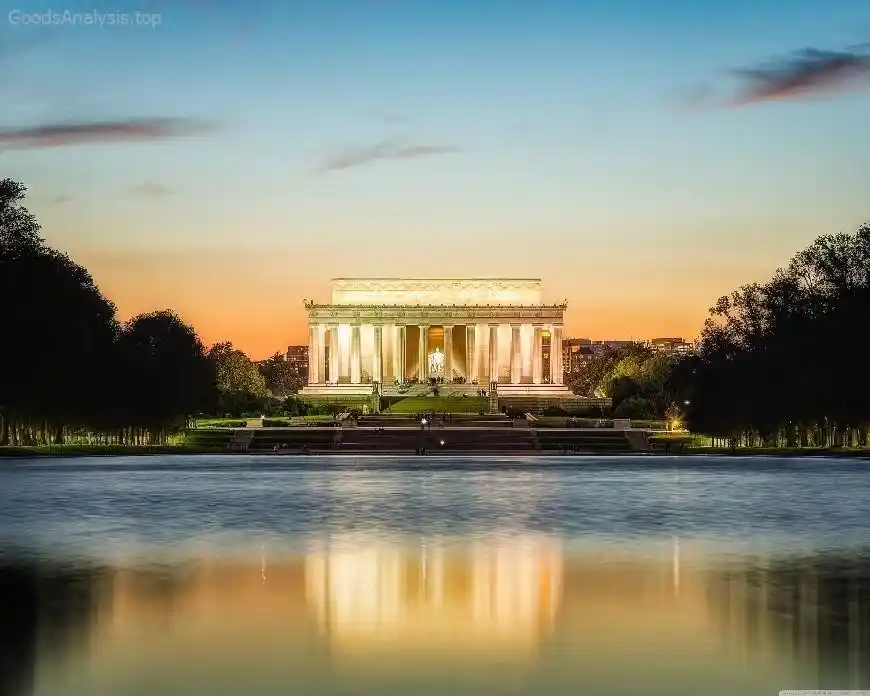
For group visits, consider scheduling a guided tour to learn about the history of the memorial and the symbolism behind its design. Group tours can be arranged through the National Park Service or with private tour operators.
7. Instagrammable Moments and Photo Opportunities
- The Reflecting Pool: The mirrored surface of the pool provides stunning photo opportunities, especially at sunrise or sunset when the golden light casts a magical glow on the memorial.
- The Statue of Lincoln: The grandeur of the statue, especially when viewed from below, creates a dramatic and powerful shot.
- The View from the Steps: The panoramic view of the National Mall with the Washington Monument in the distance makes for a perfect wide-angle shot.
8. Travel Tips and Transportation
How to Get There:
- Metro: The closest Metro stations are Foggy Bottom-GWU (Blue, Silver, and Orange Lines) and Smithsonian (Blue, Orange, and Silver Lines). Both are within walking distance of the memorial.
- Walking: If you’re staying near the National Mall or downtown D.C., the Lincoln Memorial is easily accessible on foot.
- Bus: Several local bus routes also pass near the Lincoln Memorial.
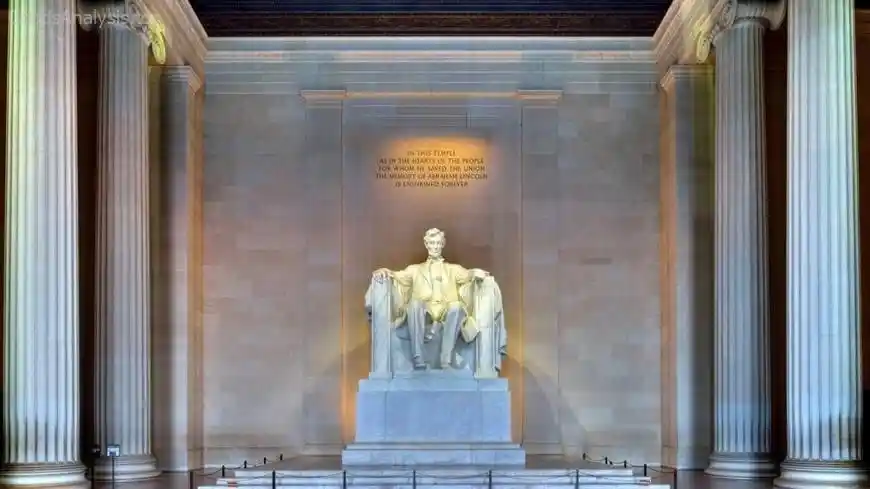
Considerations:
The National Mall is a popular area, so expect crowds, especially during peak tourist seasons. Wear comfortable shoes as the National Mall is large and involves a fair amount of walking.
9. Safety and Etiquette Tips
- Respect the Monument: The Lincoln Memorial is a place of reflection, so maintain a respectful tone while visiting. Avoid loud talking and disruptive behavior.
- Stay on Designated Paths: When walking around the monument and the National Mall, stay on paved paths and avoid walking on the grass to protect the grounds.
- Keep Your Belongings Secure: As with any major tourist destination, keep your belongings close to you, especially in crowded areas.
10. Fun Facts
- A Sacred Site: The Lincoln Memorial has been the site of numerous historical events, but perhaps the most famous is Martin Luther King Jr.’s speech, which has since become one of the most iconic moments in the Civil Rights Movement.
- Architectural Precision: The columns of the Lincoln Memorial are designed to be slightly tapered, giving the illusion of perfect symmetry, even from afar.
The Lincoln Memorial is more than just a monument; it’s a living tribute to the ideals that have shaped America. A visit here offers not only a chance to appreciate American history but also to connect









